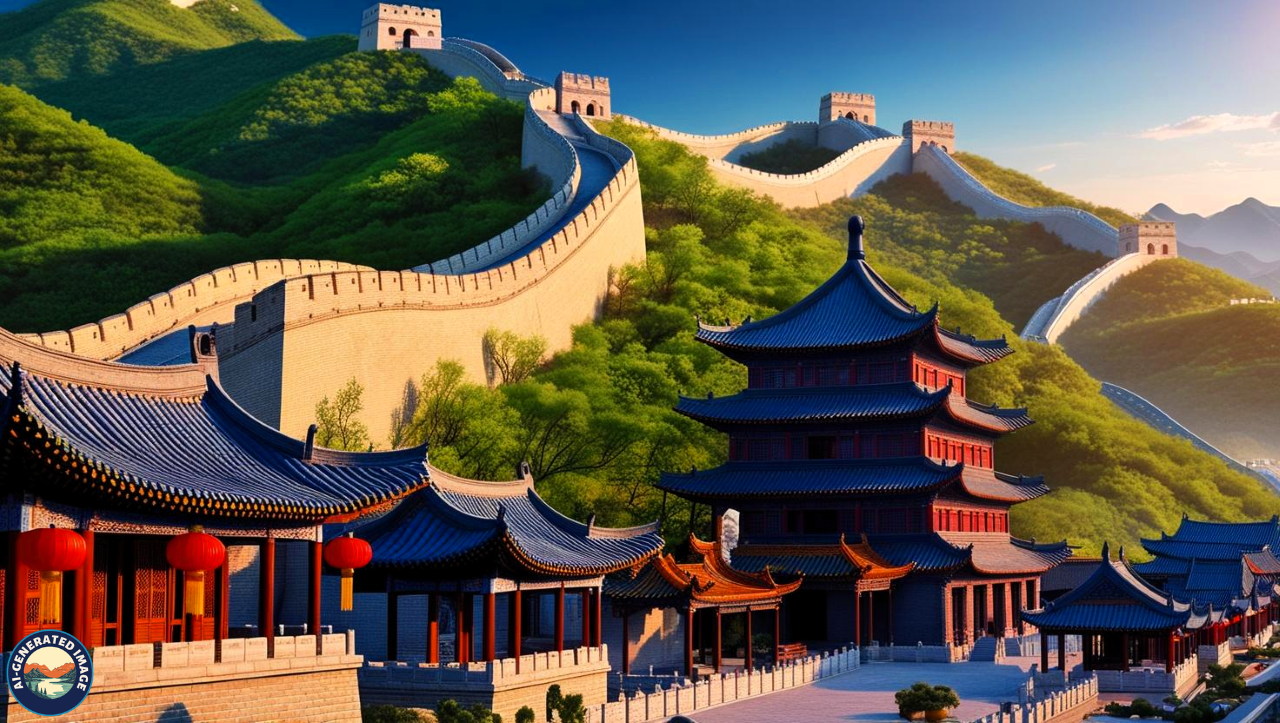Introduction
China, officially the People’s Republic of China, is one of the world’s oldest civilizations and one of the fastest-growing global economies. From ancient wonders like the Great Wall to ultra-modern cities like Shanghai, China offers a fascinating blend of the past, present, and future. Whether you’re drawn to its historical depth, culinary diversity, or natural landscapes, China captivates with its sheer scale and variety. This is a country where tradition meets innovation at every turn.
A Glimpse into China’s Rich History
China’s story begins more than 5,000 years ago. The early dynasties, such as the Xia, Shang, and Zho, laid the foundations of Chinese civilization. With the unification of China under Emperor Qin Shi Huang in 221 BCE, the country saw the construction of the Great Wall and the birth of a centralized state. The Han Dynasty later expanded this power and introduced Confucianism as a state philosophy.
Over the centuries, dynasties like the Tang, Song, Yuan, Ming, and Qing contributed to arts, science, literature, and governance, shaping what we know today as Chinese culture. Inventions like paper, the compass, printing, and gunpowder revolutionized not only China but the entire world.
Even today, the echoes of imperial China can be felt in the palaces, temples, and city walls preserved across the country. The respect for ancestors, the philosophy of balance, and the influence of Confucian ideals continue to guide daily life.
China’s Cultural Mosaic
China is not culturally monolithic. It is home to 56 recognized ethnic groups, each with unique customs, languages, and traditional attire. Mandarin Chinese is the official language, but dozens of dialects and minority languages flourish in different regions.
Chinese festivals are vibrant celebrations filled with color, sound, and meaning. The Spring Festival (Chinese New Year) marks the beginning of the lunar calendar and involves fireworks, red lanterns, and family reunions. The Mid-Autumn Festival celebrates the harvest with mooncakes and poetry.
Traditional clothing varies from the elegant Qipao worn by women to the historic Hanfu that dates back to the Han Dynasty. Chinese calligraphy and painting are deeply spiritual art forms, expressing harmony with nature.
Performing arts like Beijing Opera combine music, vocal performance, mime, and acrobatics, often based on classical novels and folklore. Dragon and lion dances are common during celebrations and symbolize strength and prosperity.
Top Tourist Destinations
Beijing
As the capital of China, Beijing is a treasure trove of historical sites. Walk along the Great Wall of China, a marvel of ancient engineering that stretches thousands of kilometers. Explore the Forbidden City, the massive imperial palace that served as the home of emperors for over 500 years. The Temple of Heaven and the Summer Palace are architectural and cultural gems set amidst peaceful parks.
Shanghai
China’s largest city, Shanghai, stands as a symbol of modernity. The Bund, a waterfront promenade, showcases colonial architecture, while the skyline across the Huangpu River features the Oriental Pearl Tower and Shanghai Tower. Yu Garden offers a serene escape, with classical landscaping and pavilions dating back to the Ming era.
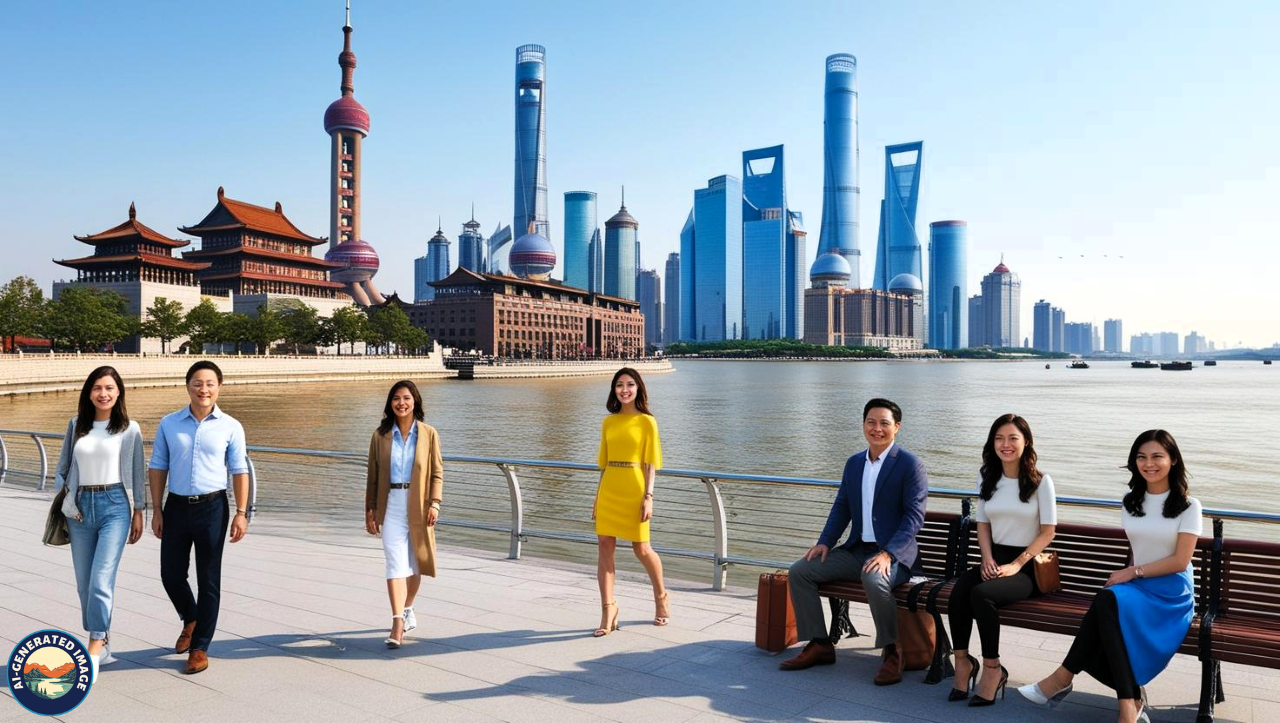
Xi’an
Once the eastern terminus of the Silk Road, Xi’an was the capital of multiple dynasties. The Terracotta Army, discovered in 1974, is an astonishing assembly of over 8,000 life-sized soldiers guarding the tomb of Emperor Qin Shi Huang. The ancient city wall, one of the best preserved in China, offers bike rides with panoramic views.
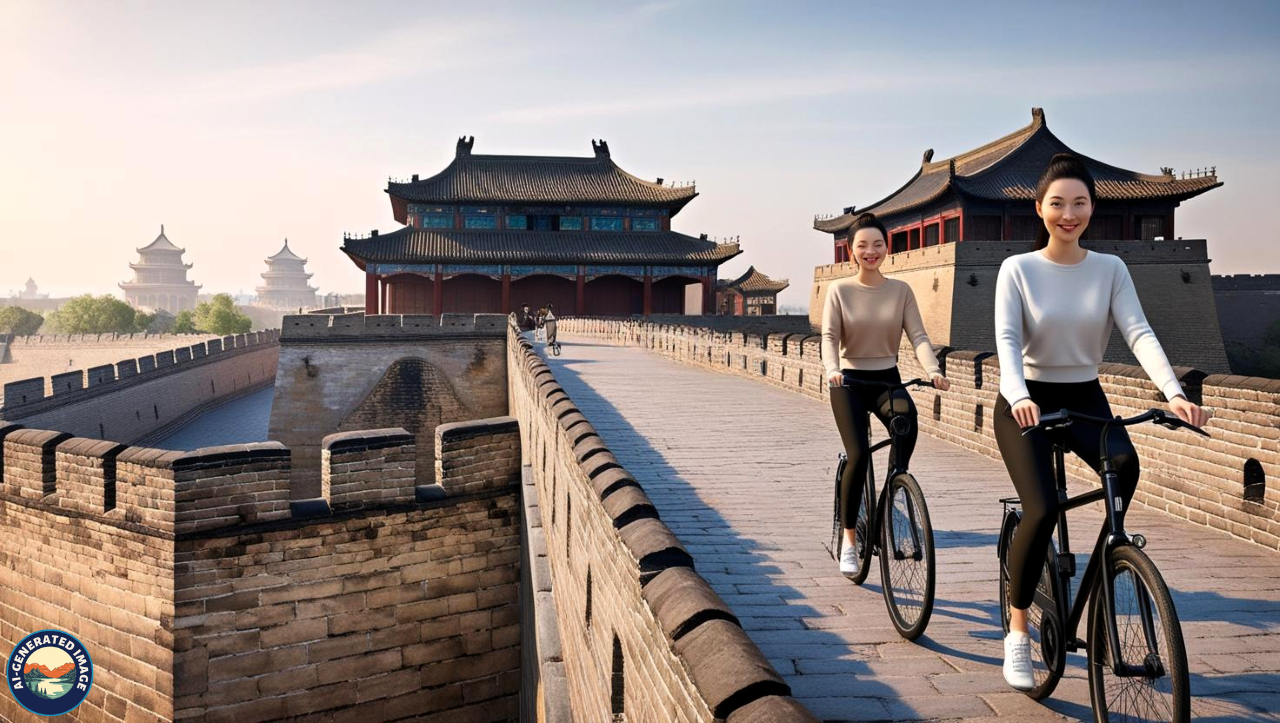
Guilin & Yangshuo
Famed for its stunning karst mountain scenery, Guilin is a haven for nature lovers. A Li River cruise from Guilin to Yangshuo offers jaw-dropping views of misty mountains, rice paddies, and water buffalo. Yangshuo adds charm with its bamboo rafting, biking trails, and rustic beauty.
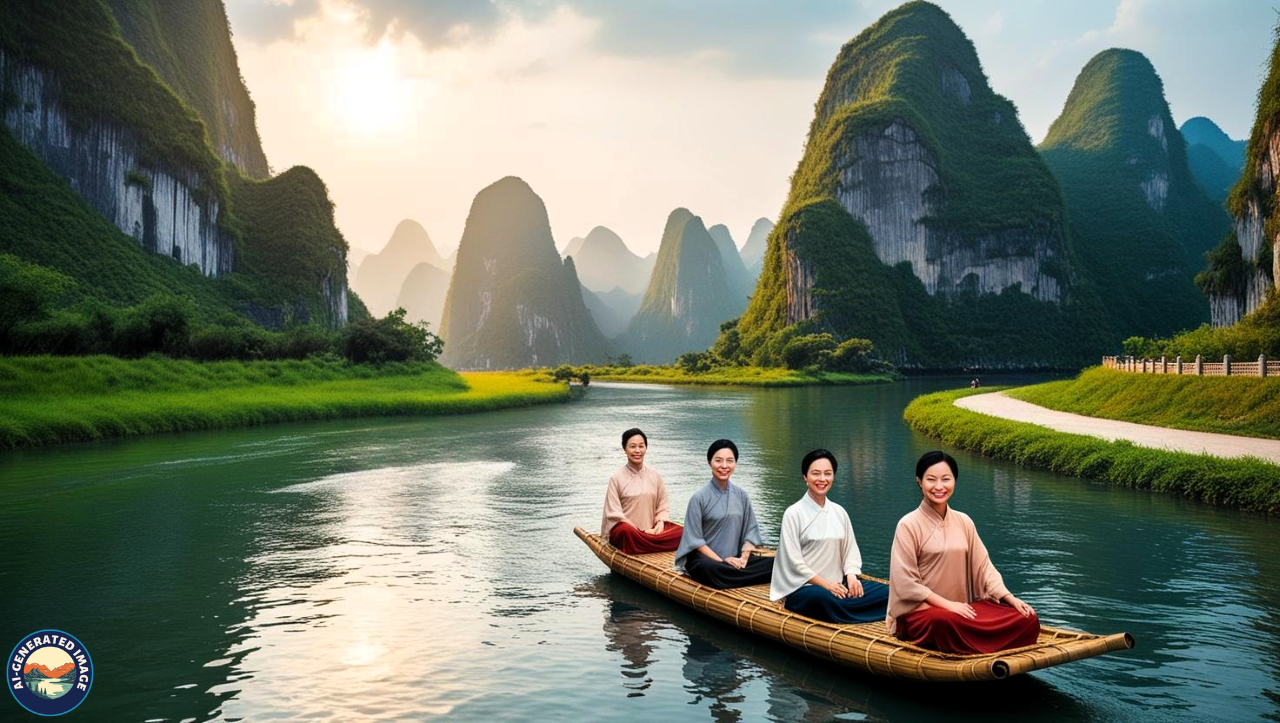
Chengdu
Home to the Giant Panda Breeding Research Base, Chengdu lets visitors see pandas in their natural habitat. It is also the birthplace of spicy Sichuan cuisine, known for bold flavors and the numbing Sichuan peppercorn. Teahouses and slow-paced living make Chengdu feel especially relaxed.
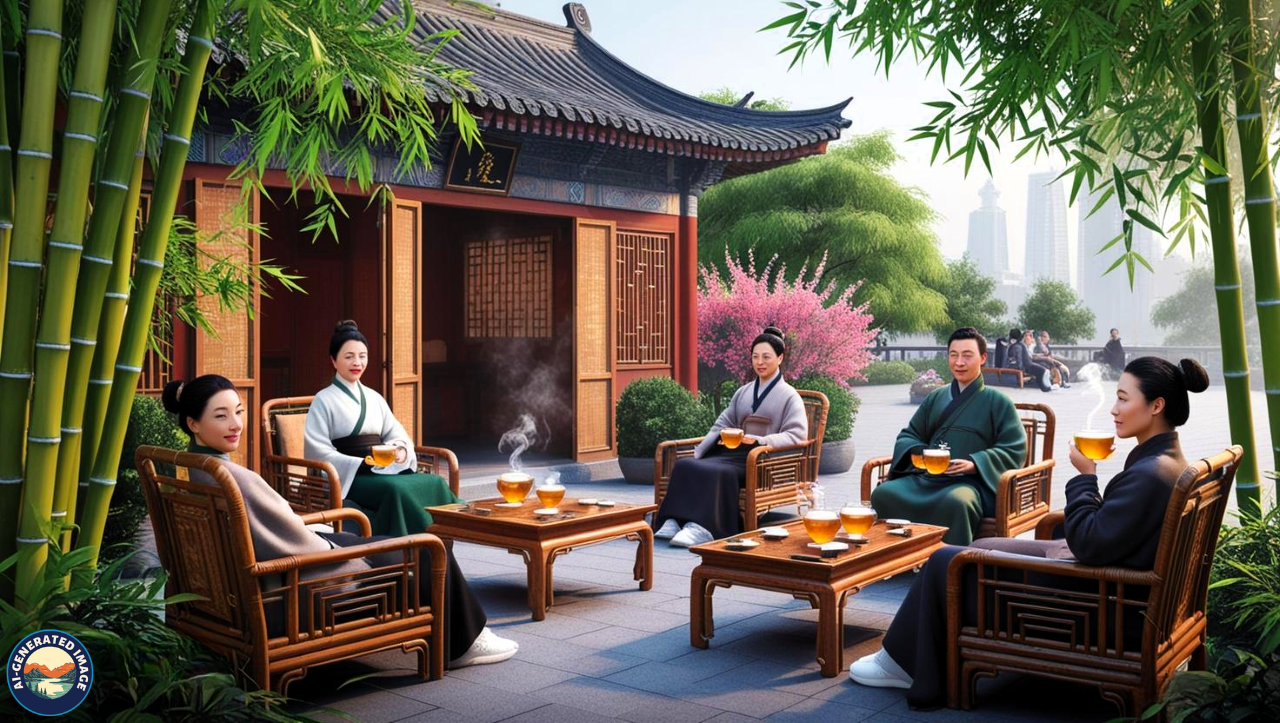
Zhangjiajie
This otherworldly landscape of quartz-sandstone pillars inspired the floating mountains in the film Avatar. Dare to walk the Zhangjiajie Glass Bridge, one of the highest and longest in the world, suspended over a canyon.
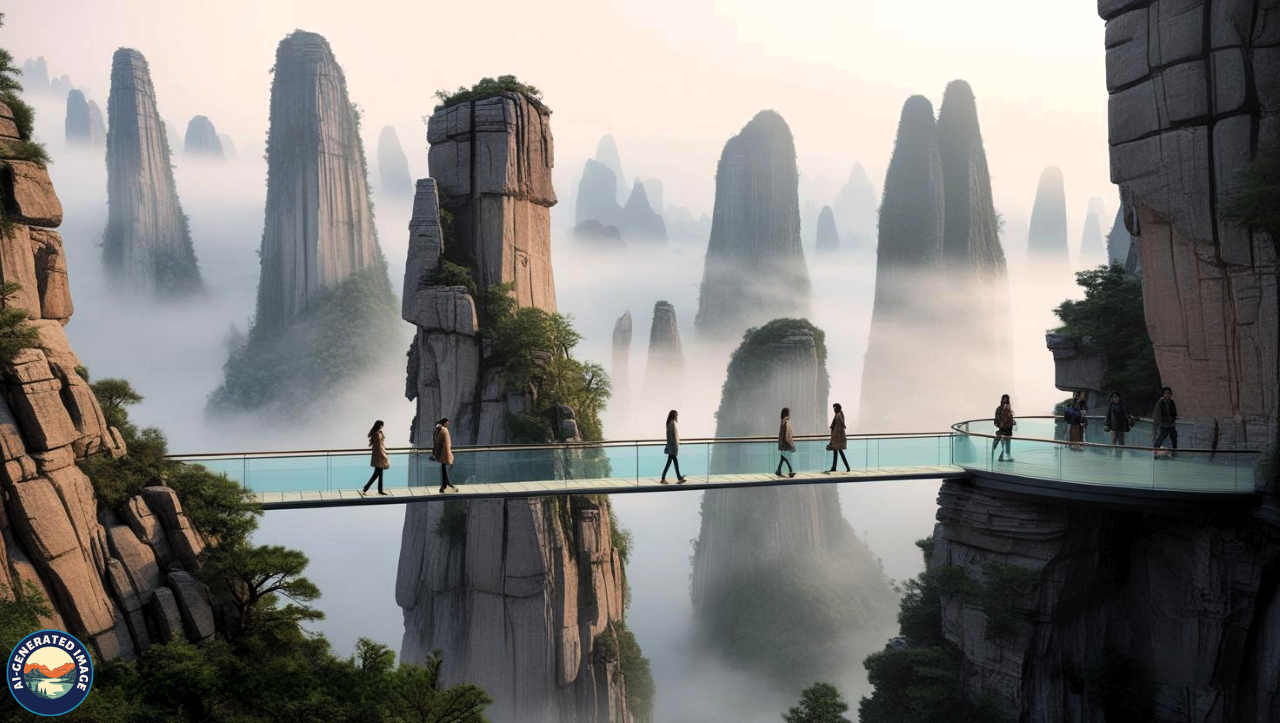
Lhasa, Tibet
Situated on the “Roof of the World,” Lhasa is a spiritual heartland. The Potala Palace, a UNESCO site and former home of the Dalai Lama, is a striking white-and-red fortress. Pilgrims circle the Jokhang Temple, spinning prayer wheels and chanting mantras.
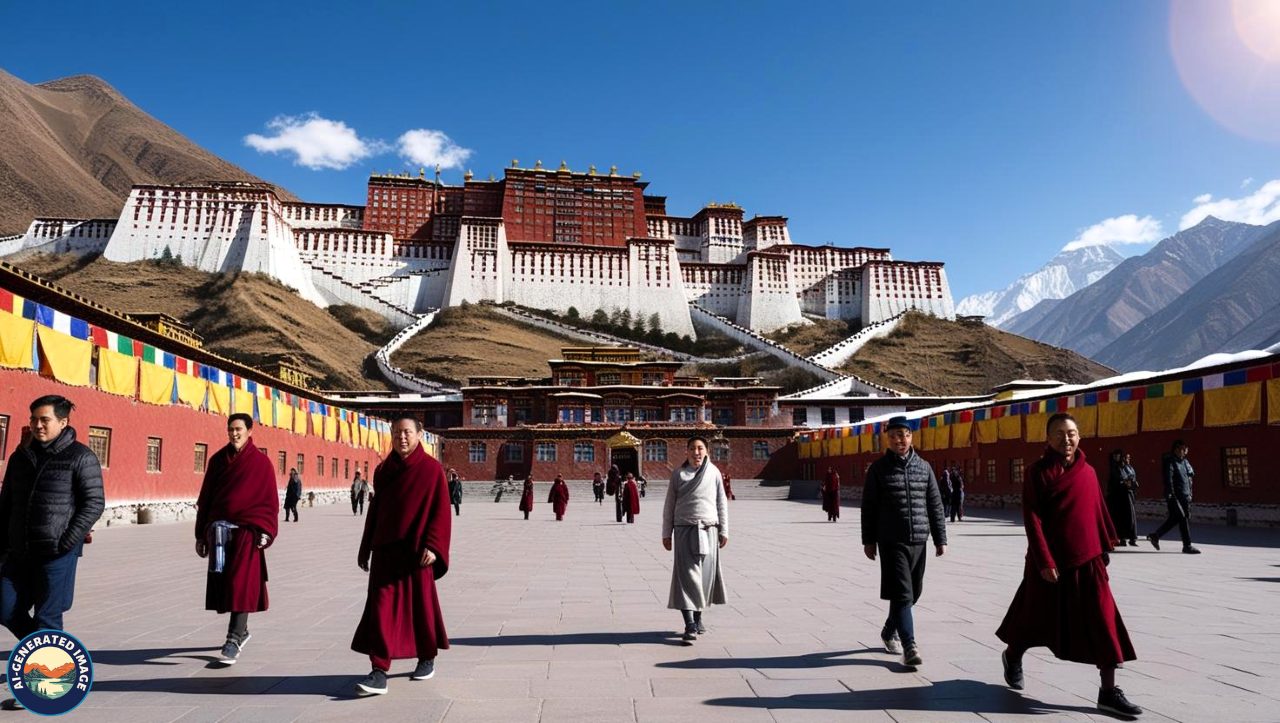
Natural Wonders
China’s vast size gives it incredible geographic diversity. The Yangtze River, the third longest in the world, carves through dramatic gorges and supports ecosystems and industry. The Yellow Mountains (Huangshan) are famed for pine trees clinging to granite peaks above swirling clouds.
In Jiuzhaigou Valley, visitors are mesmerized by crystal-clear turquoise lakes, multi-level waterfalls, and snow-capped peaks. The Silk Road region, including the Gobi Desert, unveils ancient cave art and oasis towns.
Yunnan Province, with places like the Yuanyang Rice Terraces and Shangri-La, offers a fusion of Tibetan, Bai, and Dai cultures in spectacular natural settings.
Culinary Adventures
China’s culinary landscape is as diverse as its terrain.
-
Cantonese cuisine is known for dim sum and roasted meats.
-
Sichuan cuisine is fiery and bold, with dishes like hotpot and mapo tofu.
-
Shanghainese dishes include sweet and savory flavors like red-braised pork.
-
Northern cuisine features wheat-based staples like noodles and dumplings.
Street food is part of daily life. Try jianbing (savory crepes), baozi (steamed buns), and stinky tofu for adventurous palates. Night markets are perfect for snacking your way through a city.
Tea culture is a centuries-old ritual in China. From green tea in Hangzhou to Pu-erh in Yunnan, every region has its specialties. Tea houses are places of leisure and social interaction.
Experiencing Local Life
To truly understand China, immerse yourself in everyday life. Visit morning wet markets, watch locals practice tai chi in parks, or join a calligraphy workshop. Spend time in ancient water towns like Wuzhen or Zhouzhuang, where canals replace roads and time slows down.
In Beijing’s hutongs, narrow alleys reveal courtyard homes and a slice of old city life. Participate in a Mahjong game at a community center or sip jasmine tea at a local teahouse while listening to storytelling performances.
Travel Tips
-
Best time to visit:
-
Spring (April–June) and autumn (September–October) offer pleasant weather and beautiful scenery.
-
Visas:
-
Most travelers need a visa to enter China. Apply in advance and confirm requirements based on nationality.
-
Language:
-
English is not widely spoken outside tourist hubs. Use translation apps and learn basic Mandarin phrases.
-
Transport:
-
China has an extensive high-speed rail network, modern subways, and domestic flights.
-
Payments:
-
Use Alipay or WeChat Pay. Credit cards are less commonly accepted.
-
Connectivity:
-
Google, Facebook, and WhatsApp are blocked. Consider downloading a VPN before arrival.
-
Health:
-
Bring personal hygiene products. Drink bottled water and avoid raw street food if unsure.
China’s Rise as a Global Power
China has evolved from an agrarian economy into a global superpower in just a few decades. With rapid urbanization, cities like Shenzhen have become tech giants. The country leads in AI development, e-commerce, and green energy solutions.
Through the Belt and Road Initiative, China is investing in infrastructure across Asia, Africa, and Europe. At the same time, it spreads cultural influence through Confucius Institutes, film, and tourism.
Despite political complexities, China remains an essential player on the global stage, attracting travelers curious about its transformation.
Responsible Travel in China
Traveling responsibly in China means respecting both people and the environment. Avoid disturbing sacred sites or natural habitats. When visiting ethnic villages, engage respectfully and avoid exploitative photography.
Use eco-friendly transportation like trains or bikes when possible. Support local artisans, stay in family-run guesthouses, and opt for sustainable tours.
Follow local customs, avoid discussing sensitive political topics, and dress modestly when visiting religious sites.
Conclusion
China is a country of contrasts and harmonies, where high-speed trains zip past ancient pagodas, and modern skyscrapers overlook centuries-old tea farms. Its rich history, cultural diversity, and awe-inspiring landscapes make it a bucket-list destination for travelers of all kinds.
Whether you’re drawn by the Great Wall or the flavors of Sichuan hotpot, China invites you to step into a world that’s both ancient and ahead of its time. Let your journey begin.
FAQs
Is China safe for solo travelers, especially women?
Yes. Major cities are quite safe, even at night. Use common-sense precautions like avoiding deserted areas.
What is the best time to visit?
Spring (April–June) and autumn (September–October) are ideal due to mild temperatures and fewer tourists.
Do I need to speak Mandarin to travel around China
No, but knowing a few words helps. Use apps like Pleco or Google Translate (with VPN access).
Are there any food or hygiene concerns for foreigners
Stick to the busy food stalls. Avoid tap water and opt for bottled water.
What are some etiquette tips to keep in mind?
Be respectful, avoid controversial topics, and learn a few local customs like offering items with both hands.
Can I use Google, Facebook, or WhatsApp in China?
No. They’re blocked. Install a VPN before arrival or use local alternatives like WeChat.
How many days are enough to explore China
A 10–14 day itinerary is ideal for highlights, while a deeper exploration requires 3–4 weeks.

